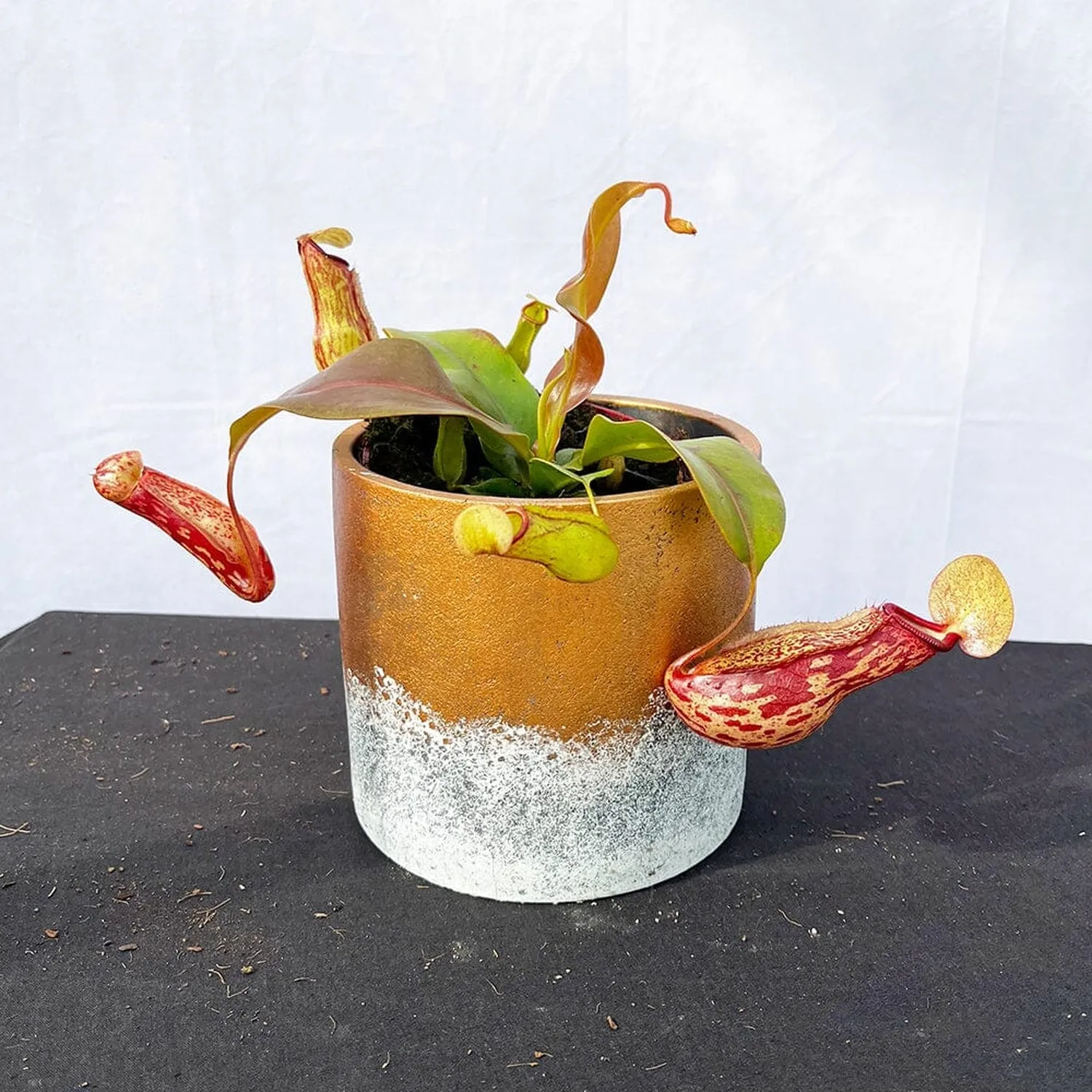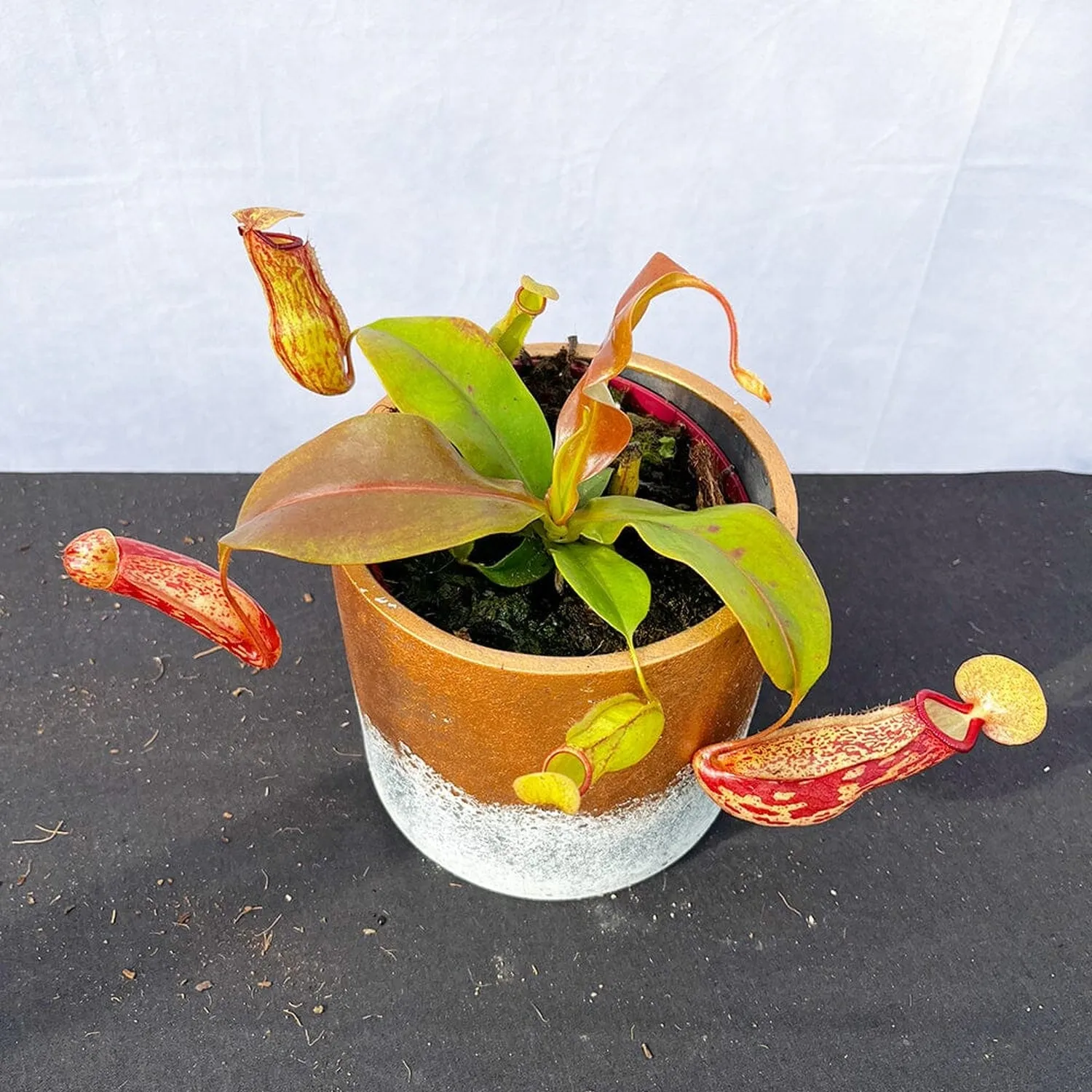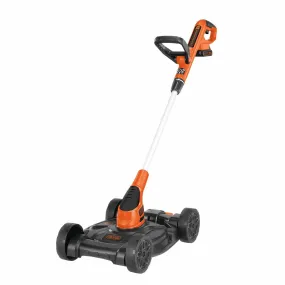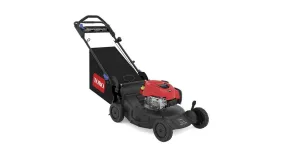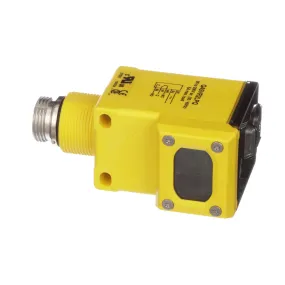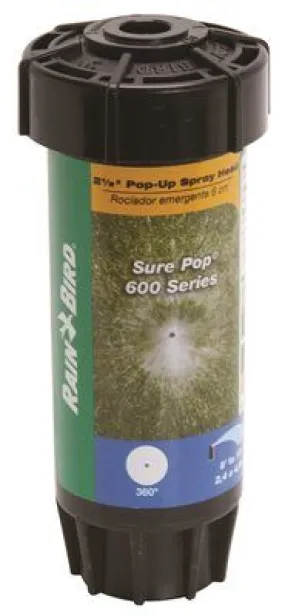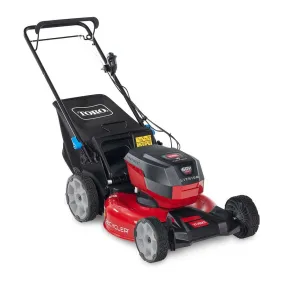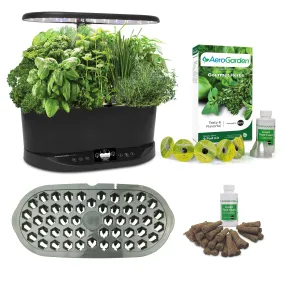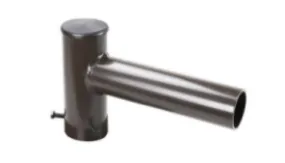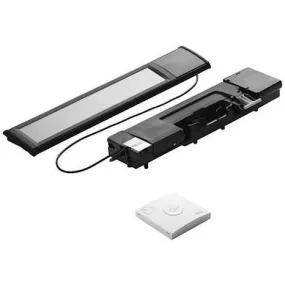Nepenthes Gaya, commonly known as the "Tropical Pitcher Plant," is a hybrid species known for its striking appearance and unique carnivorous adaptations. It features vibrant green leaves with reddish streaks and large, colourful pitcher traps that range from bright green to deep red. These pitchers, which hang from the ends of the leaves, have a lid and are filled with a liquid that traps and digests insects, providing essential nutrients to the plant.
Care Guide:
Light:
- Nepenthes Gaya thrives in bright, indirect light. Direct sunlight can scorch the leaves, while too little light will inhibit pitcher formation. A spot near a north or east-facing window is ideal.
- If grown indoors, supplement with fluorescent or LED grow lights if natural light is insufficient.
Temperature:
- This plant prefers warm, tropical temperatures between 20°C to 30°C during the day and slightly cooler temperatures at night.
- Avoid exposing the plant to temperatures below 15°C, as it can hinder growth and pitcher production.
Humidity:
- High humidity (60-80%) is crucial for the optimal growth of Nepenthes Gaya. Low humidity levels can cause the pitchers to dry out and wither.
- Use a humidifier or place the plant on a humidity tray to maintain the desired humidity levels.
Watering:
- Use only distilled, rainwater, or reverse osmosis water, as tap water contains minerals that can harm the plant.
- Keep the soil consistently moist but not waterlogged. Water the plant thoroughly and allow excess water to drain away.
- Mist the plant regularly to maintain humidity and moisture on the foliage.
Soil:
- A well-draining, airy soil mix is essential. Use a combination of sphagnum moss, perlite, and orchid bark to create the ideal growing medium.
- Avoid using regular potting soil, as it retains too much moisture and lacks the necessary aeration.
Feeding:
- Nepenthes Gaya naturally captures insects for nutrients. If grown indoors, occasional feeding with small insects like ants or fruit flies can be beneficial.
- Do not overfeed; a couple of insects per month are usually sufficient.
Potting and Repotting:
- Repot the plant every 2-3 years or when it outgrows its current pot. Choose a slightly larger pot with good drainage.
- Handle the roots gently during repotting to avoid damage.
Pruning:
- Remove dead or brown leaves and pitchers to encourage new growth.
- Prune back long, leggy stems to maintain a compact shape.
Pests and Diseases:
- Nepenthes Gaya is generally resistant to pests, but watch for common issues like aphids, mealybugs, and spider mites. Treat infestations promptly with insecticidal soap or neem oil.
- Ensure good air circulation to prevent fungal diseases.
By following this care guide, you can enjoy the unique beauty and fascinating growth habits of Nepenthes Gaya.




